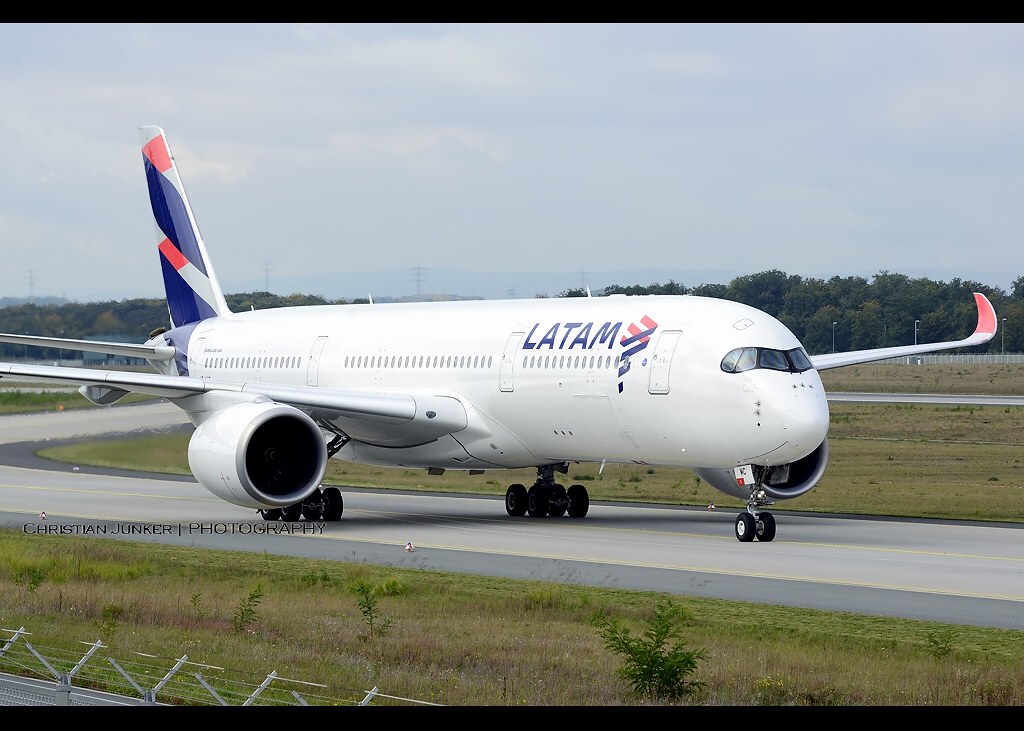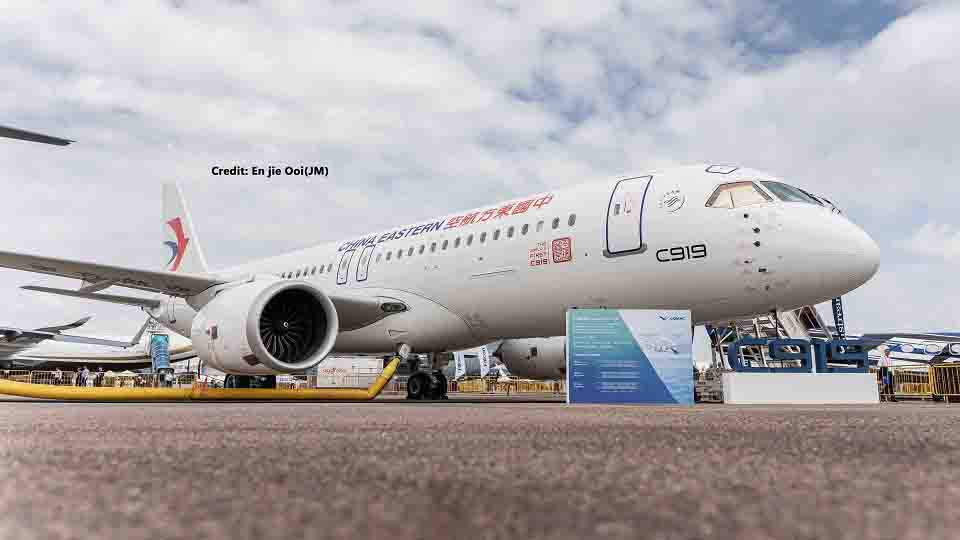Aviation
TAM Airlines reveals their first A350 XWB

First airline from the Americas to operate the A350 XWB, The first A350 XWB for TAM Airlines rolled out of the Airbus paint shop in Toulouse, revealing the aircraft in its signature red, white and blue livery. The aircraft will continue through the next stages of production, including the installation of engines, completion of cabin furnishing and cockpit fitting, before starting ground and flight tests. The aircraft is scheduled for delivery to TAM Airlines in December.

TAM will become the first airline from the Americas to fly the A350 XWB and the fourth operator in the world. LATAM Airlines Group, made up of LAN Airlines and TAM Airlines, has ordered 27 A350-900. The carrier will start operating the A350 XWB in January 2016 between Sao Paulo and Manaus, followed by international operations between Sao Paulo and Miami, and Sao Paulo and Madrid.
The A350 XWB is the latest addition to the market-leading Airbus widebody product line. The A350-900 seating up to 325 passengers in a three class layout can fly on routes of up to 7,600 nautical miles. It features the latest aerodynamic design, carbon fibre fuselage and wings, plus new fuel-efficient Rolls-Royce Trent XWB engines. Together, these latest technologies bring unrivalled level of operational efficiency, with a 25 per cent reduction in fuel burn and emissions, and significantly lower maintenance costs.
For passengers, the A350 XWB brings new levels of in-flight comfort, with more personal space in all classes. In business class, airlines can install the most luxurious full-flat seats, while the extra wide fuselage allows comfortable 18-inch 9 abreast seat layouts in economy class. The aircraft also features wider panoramic windows, larger overhead stowage compartments and a new draught-free air conditioning system, as well as the latest in-flight entertainment and connectivity systems. At the end of August 2015, the A350 XWB had won 782 firm orders worldwide from 40 customers.
Liked It ..?
Share with your friends and family

Aviation
China Eastern Receives Its Ninth C919 Aircraft, Marking a New Milestone

China Eastern Airlines (CEA) has reached a significant milestone with the delivery of its ninth COMAC C919 aircraft, continuing its lead as the launch customer for China’s domestic narrow-body airliner.
On Thursday, the airline received the latest addition to its fleet, registered as B-657T, marking another step in China’s ambitious efforts to establish itself as a key player in the global aerospace market.
Virgin Australia Launches Black Friday Sale on Flights Worldwide
This delivery is part of a major achievement for COMAC (Commercial Aircraft Corporation of China), which has now delivered a total of 10 comac c919 in 2024 alone, a remarkable increase from just three jets delivered by the end of 2023.
The C919 program represents China’s entry into the competitive market for commercial aircraft, aiming to rival the dominance of manufacturers like Airbus and Boeing in the narrow-body sector.
These 6 Airlines Are Giving You Free Wi-Fi on Your 2025 Flights
One standout feature of the c919 is its innovative in-flight technology, particularly its Wi-Fi system. Developed by the China Electronics Technology Group Corporation (CETC), this system allows passengers to connect to the “CEAIR-WIFI” wireless hotspot, providing seamless access to in-flight entertainment.
Through the website www.muflyer.com, travelers can enjoy a range of features including “Air Cinema” and “Air Games,” which enhance the flying experience.
Looking ahead, COMAC’s ambitions are not limited to narrow-body aircraft. At the 15th China International Aviation and Aerospace Exhibition in Zhuhai, c919 aircraft price made waves with the announcement of over 100 new aircraft orders.
A significant highlight was a high-profile agreement with Air China for the development of the C929, a widebody aircraft set to compete c919 vs a320 and c919 vs 737 with these models.
-

 Aviation2 months ago
Aviation2 months agoMicrosoft Flight Simulator Raises $3 Million to Bring Back the An-225 Mriya
-

 Airlines2 months ago
Airlines2 months agoQatar Citizens Can Travel to the United States Without a Visa
-

 Aviation2 months ago
Aviation2 months agoQatar Airways bans these new Electronic Devices on plane
-

 Defence2 months ago
Defence2 months agoWhich Country Has the Largest Fleet of Fighter Aircraft?
-

 Airlines1 week ago
Airlines1 week agoDAMAC Air: Dubai’s New Luxury Airline Offers Free Flights for Registration
-

 Airport2 months ago
Airport2 months agoWestern Sydney Airport Welcomes Its First Plane After 6 Years of construction
-

 Airlines7 days ago
Airlines7 days agoAir India to Launch aircraft maintenance training institute in Bengaluru
-

 Aviation2 months ago
Aviation2 months agoDid you know ? Once Boeing 747 carried 1088 passenger in 1991








